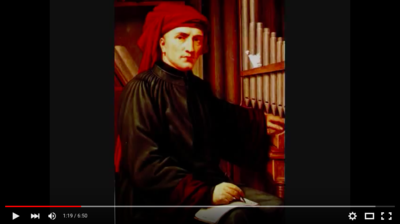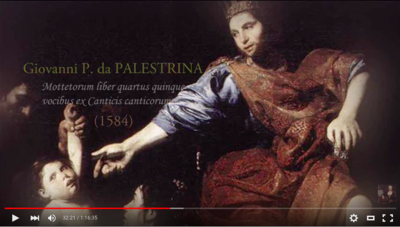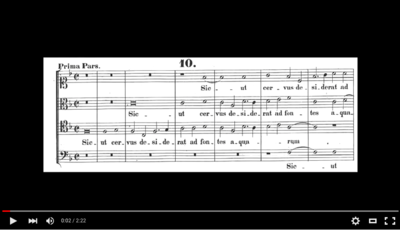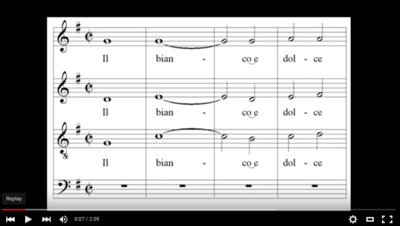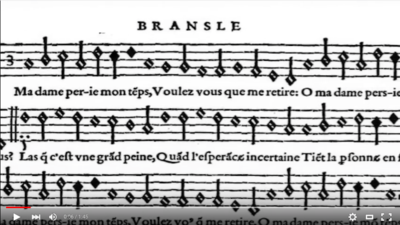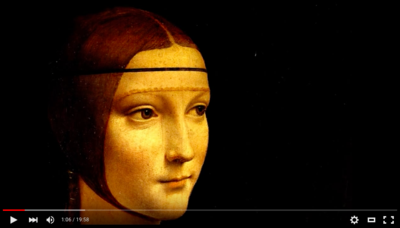The Renaissance
~ 1400-1600
Overview:
- Similar to the Medieval Period, there is ambiguity around what music from the Renaissance actually sounded like.
- Polyphonic music emerged in the Medieval Period and was widespread by the time of the Renaissance.
- During Renaissance, counterpoint (“part against part”) also became popular. One form of counterpoint is imitative counterpoint, in which the melodic phrase in one voice is imitated by another voice (though not necessarily in the same key). (Rehbach) Some good examples can be found in Palestrina’s work.
- The Reformation of the 16th century played a part in the culture and music of this time. For example, different English monarchs required the composition of music with different religious emphases.
- Instrumental music was more frequently copied down during the Renaissance than it had been during the Middle Ages, and Petrucci introduced a method of printing music in 1501, which allowed the spreading and sharing of this music more easily.
- (Unless noted, all information is sourced from Burrows.)
Examples:
